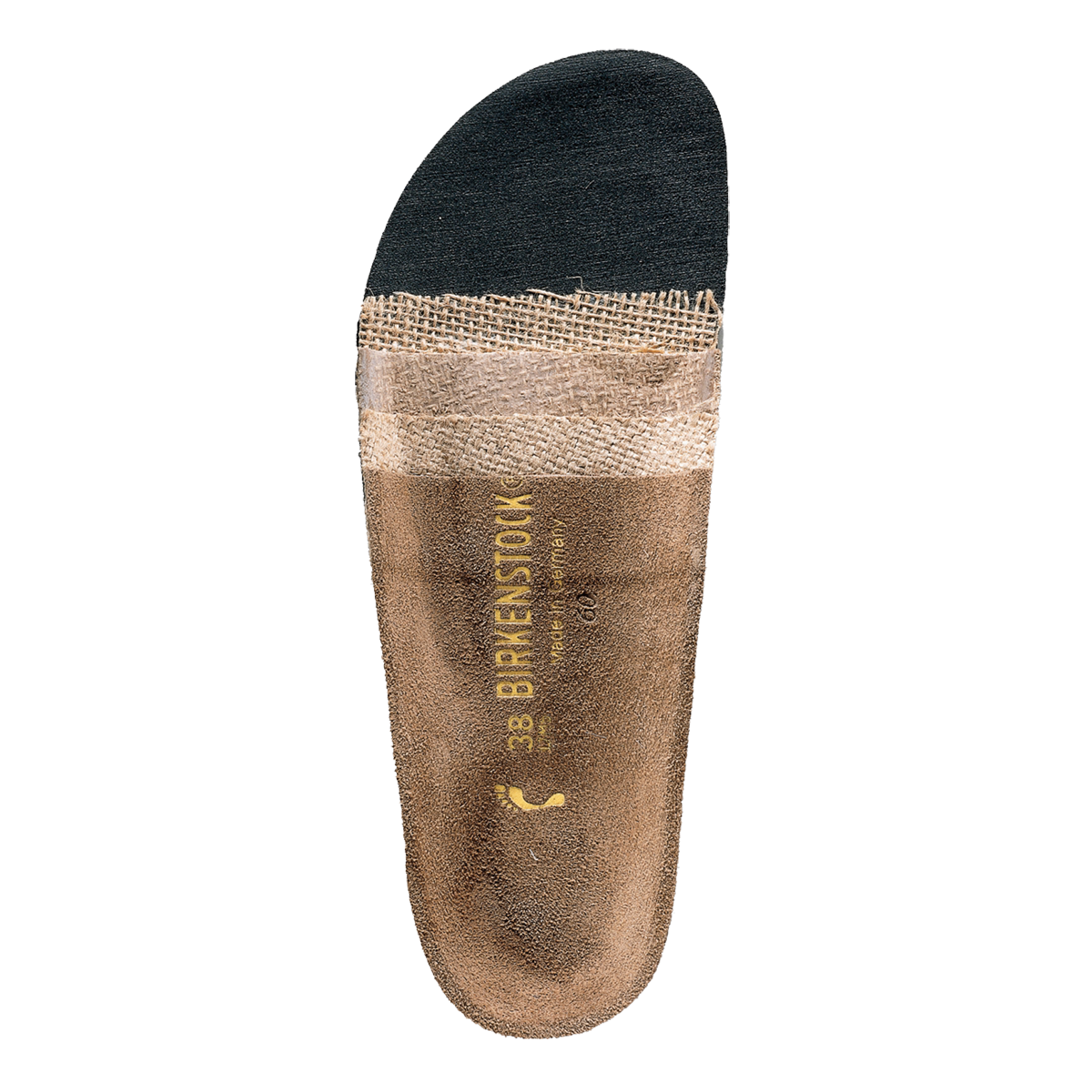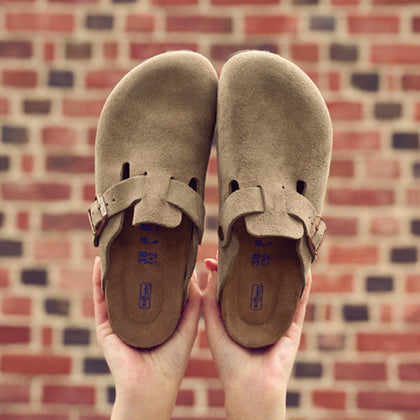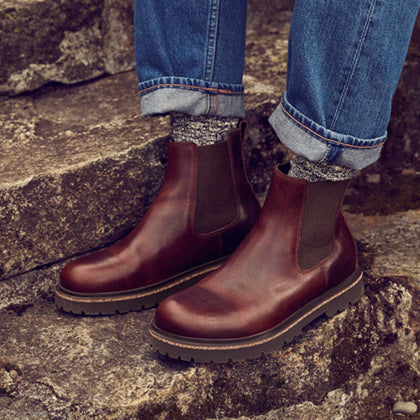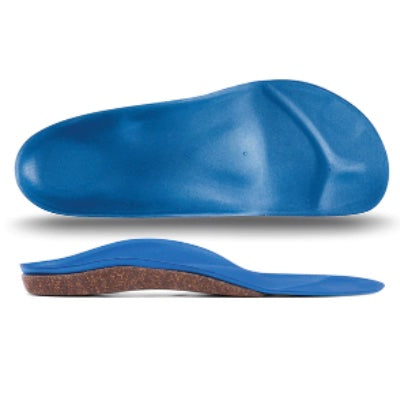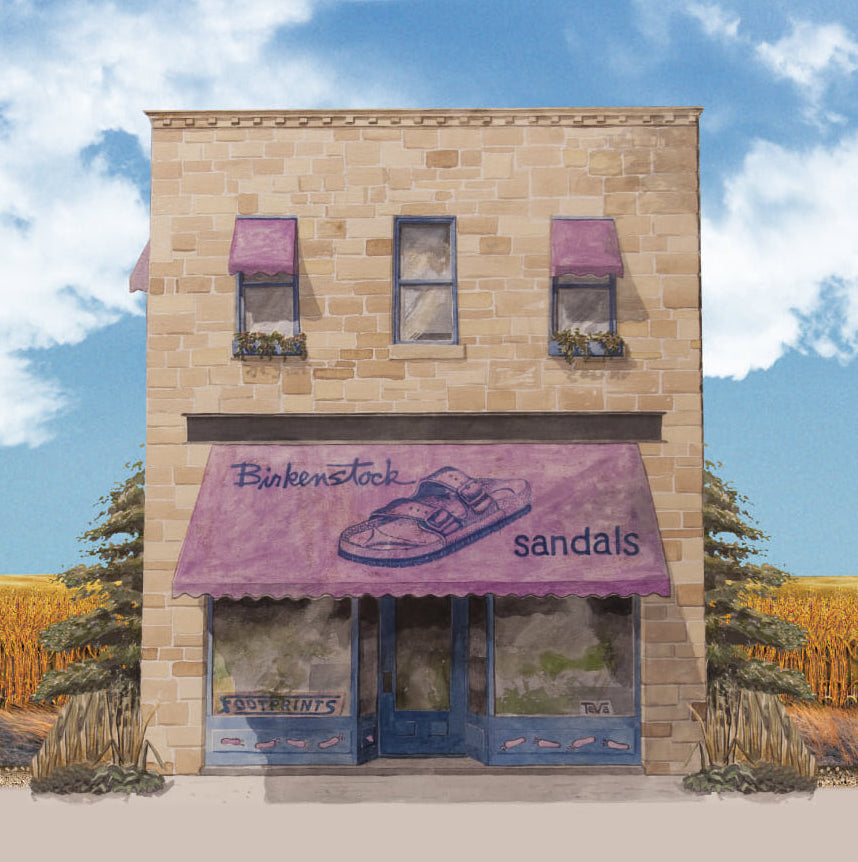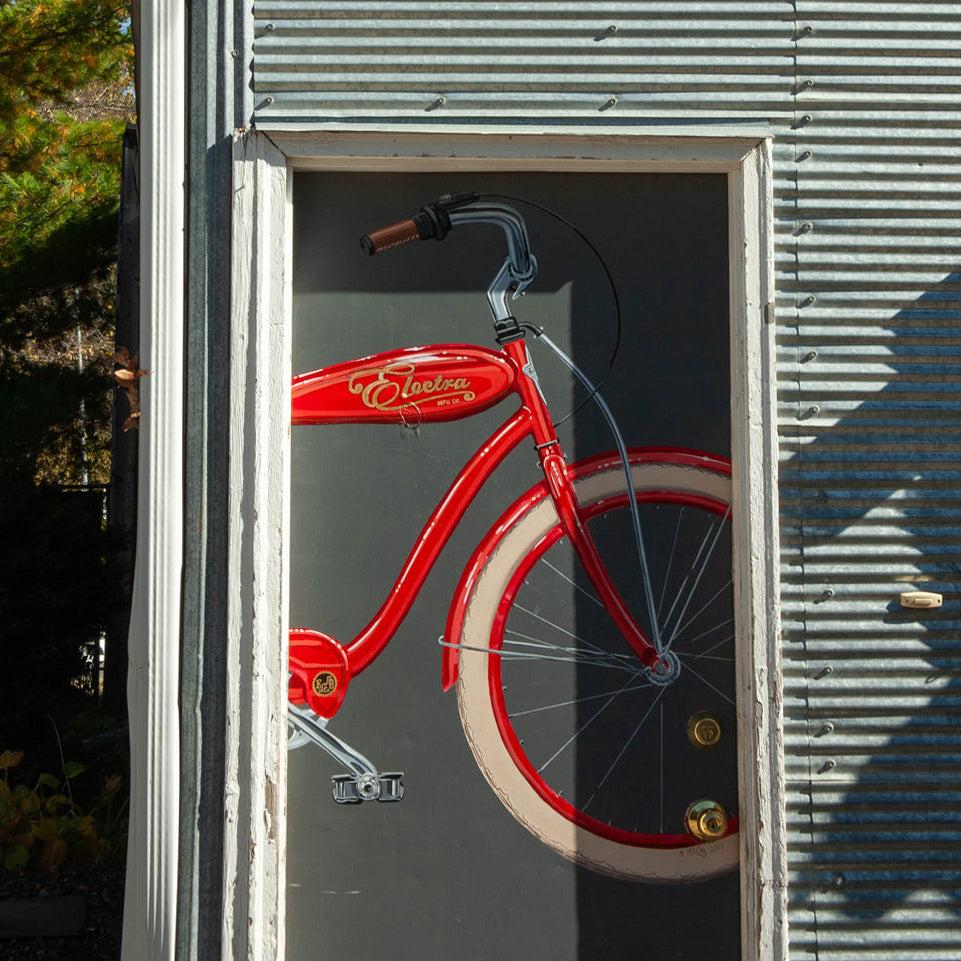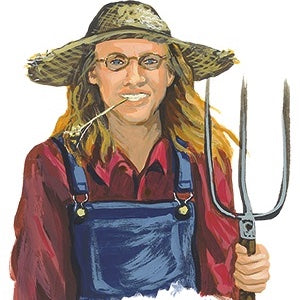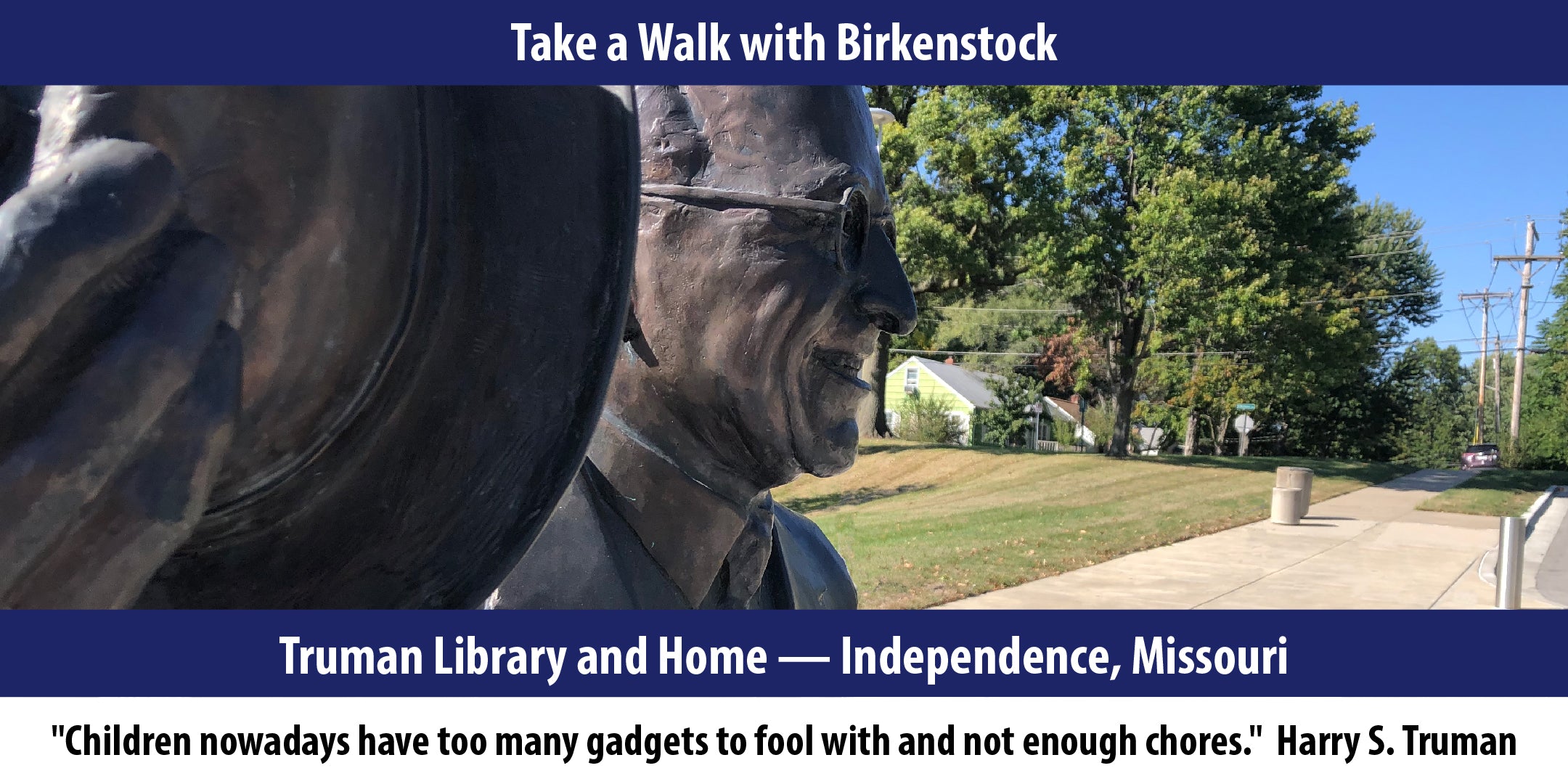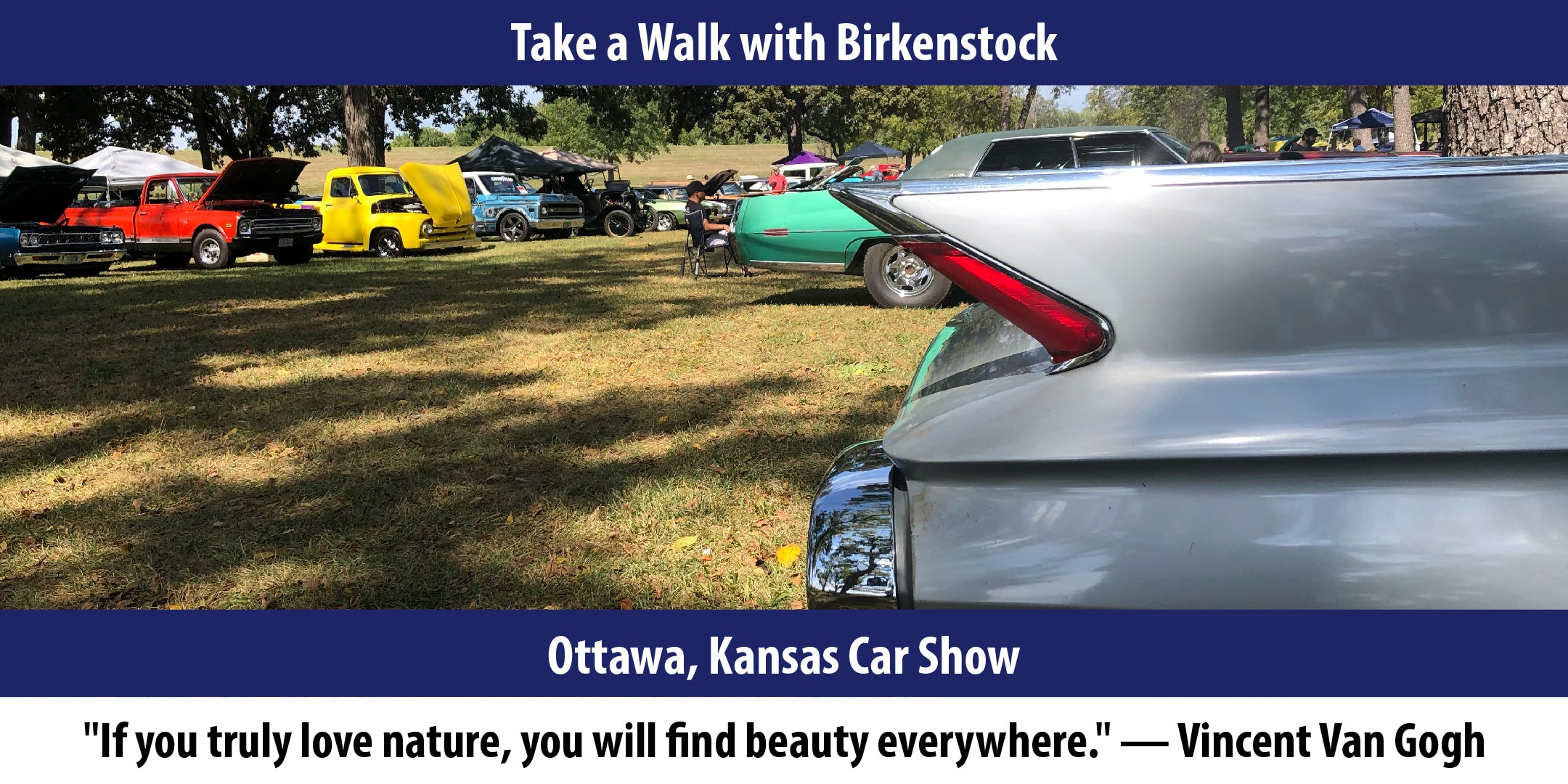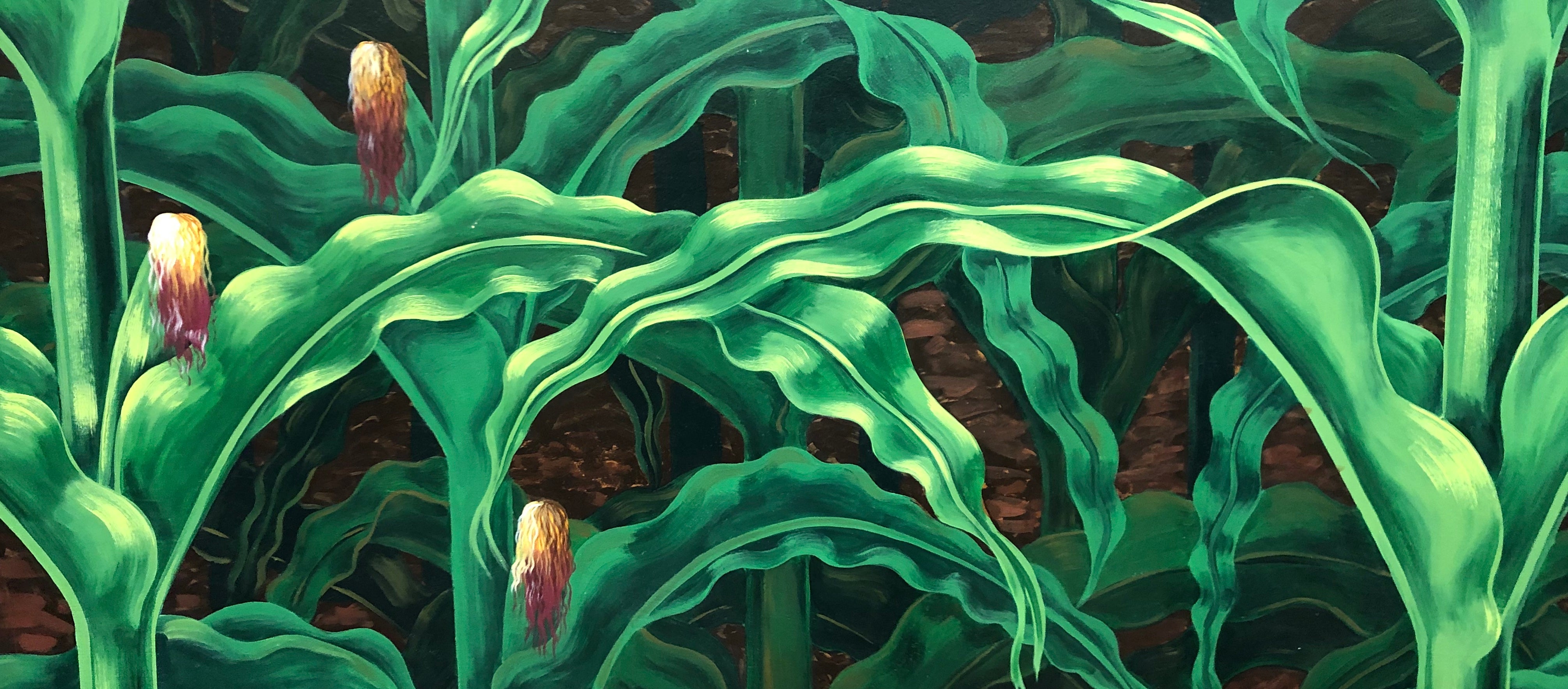When I told an older gentleman at an RV campground I was heading to Fort Robinson in the far northwest corner of Nebraska, he lit up and smiled. He said "Man, that is God's country." He had fond memories of the place. He loved the austere beauty with its rolling grasslands and pine covered buttes. We swapped stories as to what we liked most. It made me more eager to get there. I have made an annual pilgrimage to Fort Rob for at least a couple decades. I love it.

Originally, for thousands of years in fact, this land was home to various Native American tribes, roaming the land in pursuit of buffalo in a nomadic fashion. As the dominant, more technologically advanced American culture intruded into their territory, disease and military action forced the Native Americans out of their homes and way of life. The Red Cloud Agency was established to oversee the resettlement of some 13,000 Lakota Sioux. In 1874, the US Army decided to establish Camp Robinson to assist. Like any government agency, the camp expanded into a rather large fort. At first locally sourced pine and or adobe were used to construct buildings, but those buildings didn't last. When the network of rail lines made their way to the fort, better building materials became available and more ambitious architecture followed. The fort has an impressive array of beautiful buildings from the 1880s through the 1920s.

The fort is an historic site. Significant events occurred here, some good, but much was most awful. Crazy Horse was murdered here. The Cheyenne Breakout and Massacre took place here. Buffalo Bill killed a Native American, Yellow Hand, just west of the fort. He then used the killing to propel himself into national media stardom. Eventually the fort had outlived its usefulness. It fell into disrepair. Bulldozers were starting to remove buildings, when concerned citizens raised their voices and demanded that something be done to preserve the fort.

The solution was to turn the fort and the surrounding 22,000 acres into a state park and a historic park. It became a place for Nebraskans to both recreate and to learn the fort's history. For very reasonable prices you can stay in various historic officers quarters or barracks. They have facilities to accommodate rather large family reunions. There is a good size buffalo herd, as well as some Texas Longhorns.

There is a very good restaurant in the lodge. Historical tours take you through the blacksmith shop, the veterinary hospital, the paleontology museum, the military museum and various other historic structures. The scenery is spectacular. You can ride horses along miles of trails or go on a chuckwagon cookout, go to a Broadway play at the playhouse, swim in the olympic size swimming pool. You can do just about anything except sit around and watch television.

As you walk the parade grounds or visit the former Red Cloud Agency or hike to the top of the buttes in the cool of the morning when the golden light is just perfect, it is good to temper the beauty with the events which took place to gain a balanced view of this special place. Understanding our history is a good thing. The process creates better citizens.

Take a walk with Birkenstock.
Mick
"Man's heart away from nature becomes hard."
— Standing Bear

